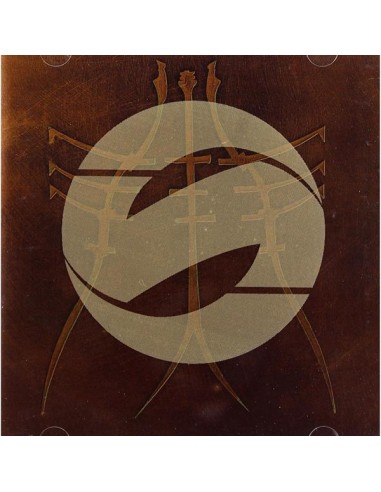


Triptych August 1972, 1972, by Francis Bacon (courtesy of Tate)Īrtists Making Contemporary Triptych Art Tommy Clarke He notably remarked, "I suppose I could go long beyond the triptych and do five or six together, but I find the triptych is a more balanced unit." For Bacon, triptychs were a series, as one work alone would not accurately demonstrate his ideas.
#GREEK TRIPTIC AND DIPTIC SERIES#
From the 1940’s to the late 80’s, Francis Bacon is thought to have painted 28 triptychs, all ranging in scales and subjects.īacon saw triptychs as a means of manifesting the series of images that existed in his mind. Bacon is commonly associated with the resurgence of the triptych in modern art. The Garden of Earthly Delights, 1490-1510, by Hieronymus Bosch ( Wikipedia Commons)Įxamples of famous triptychs range from Hieronymus Bosch’s The Garden of Earthly Delights (1490-1510), to Frederick McCubbin’s The Pioneer (1904), to Francis Bacon’s Triptych August 1972. Often finished with a grand and stately frame, many triptychs still exist as the focal point of the altarpiece. Relaying stories of the bible and functioning to aid prayer, triptychs were an important way of visualising Christianity and showing devotion.Ĭommon subjects in 14th and 15th century, triptychs were images of the Madonna and child, the birth of Jesus and the crucifixion. The triptych first made its appearance in the Middle Ages, adorning the altarpieces of churches. The idea of three pieces creating layers and adding depth to a single artwork is central to some of the most famous and enduring triptychs throughout the history of art. The term triptych comes from the Greek word ‘triptykhos’, which translates to mean ‘three-layered’.

From its religious symbolism, to its ability to aptly contain the beginning, middle and end of a plot, three pieces can work to accommodate a number of motifs, from balance and pattern to story and meaning.ĭiptych Abstract Landscape, 2017, by Marleen Pennings One reason the triptych is generally more popular than, say a diptych (formed of two parts) or a quadriptych (formed of four parts) is the power of the number three. The power of triptych art lies in its ability to work as a coherent piece, as well as three separate works of art. Pixelation (Triptych), 2018, by Andrij Savchuk The triptych is also used to split a single piece of art into three, or to combine three pieces into one. Often used to impart narrative, create a sequence, or show different elements of the same subject matter, since its conception, the triptych has continued to add a new dimension to visual art. Triptych art is made up of three pieces or panels.


 0 kommentar(er)
0 kommentar(er)
